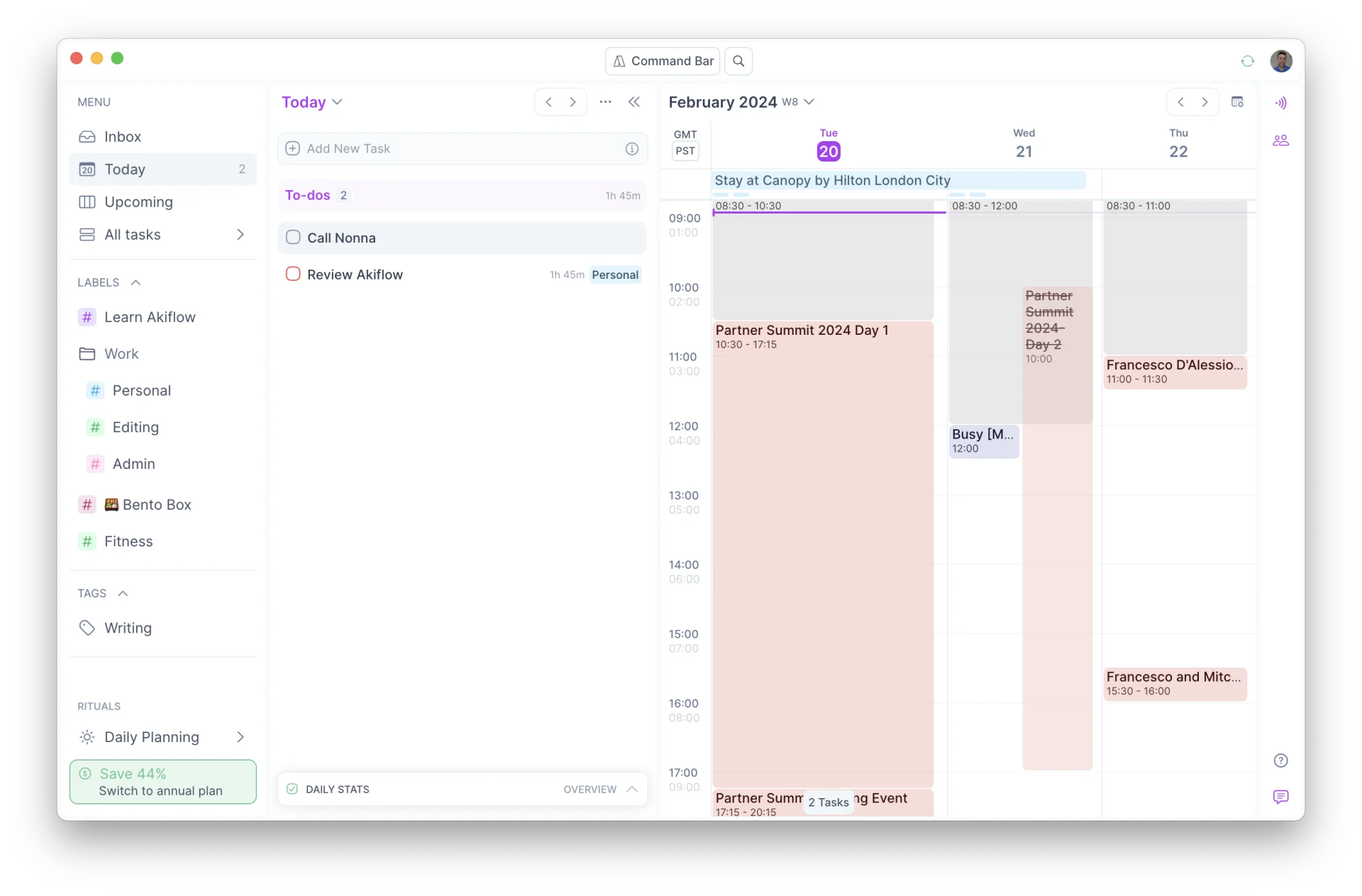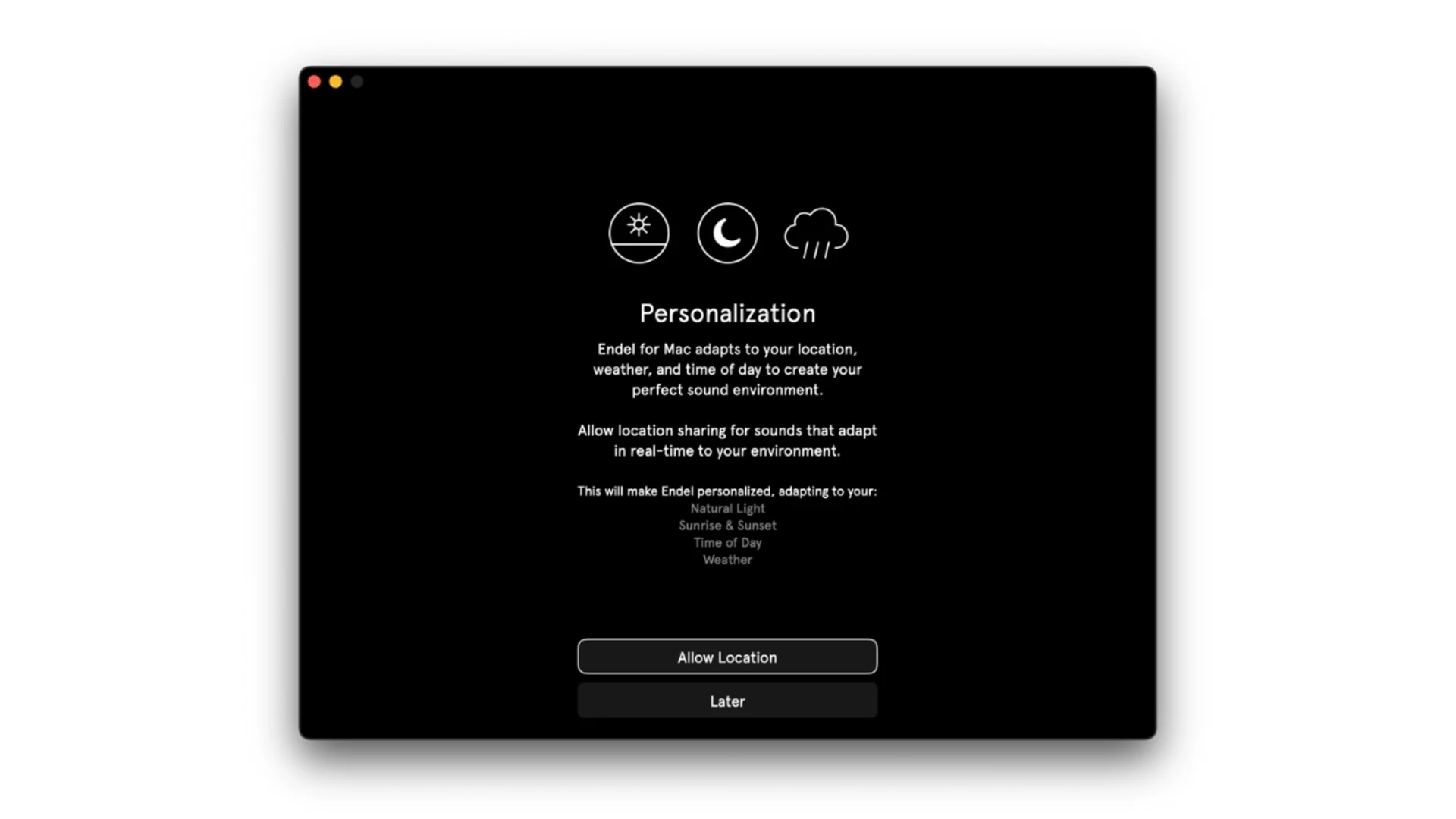Biggest Productivity Trends in 2024: Our Predictions
Productivity Trends 2024
Dec 24

These are our general thoughts on productivity trends in 2024 and what to expect from the best productivity software in the industry.
Productivity software has undergone dramatic changes over the last few years, and in particular, in the last year, artificial intelligence has played a really important factor in shaping the tools we have today.
Many productivity tools that we know and love have started to integrate AI tools as features for enhancing how you use them all and saving time in administration that previously took small elements of your day to manage and organize your productivity systems.
Well, I wanted to explore some of the productivity trends that I have for the coming year and where I think the general productivity market is heading and how that is going to transform in the next year.
1. To-Do List Apps Fight Back
In 2021, I wrote a piece on Medium outlining how I believe that to-do list applications could be in a bit of trouble over the coming years, and I primarily talked about the concept of daily planner applications becoming much more prevalent.
Over the last three years, they have absolutely gained momentum, with companies like Sunsama and Akiflow leading the way in turning a lot of people away from their to-do apps and calendar apps, merging them into a hybrid experience. This obviously will continue into 2024, but one of the elements that I believe will be a factor in this big market will be the rise again of to-do list applications. I think a lot of to-do list companies have realized they need to integrate calendars to become a better way to plan your day and visualize what's coming up.

Apps like Todoist have considerably improved their operations, allowing them to bring calendars to the forefront of their experience. This, I believe, will play into the hands of consumers in two ways. It could either go one way, where the consumer pricing of daily planner applications might come down, by maybe five dollars per month, or it could go the other way, where consumers could be paying much more for their to-do list applications because they replicate similar functionality to daily planners.
So, it's a strange middle ground, but I think to-do list applications have realized that they need to get into the daily planner space fast, and they can do it by implementing calendar-based planning.
2. Calendar Apps Might Struggle
Calendar applications are again under strain in 2024.
Many calendar applications, such as Amie and Daybridge have taken years to develop, with Daybridge's release still pending, highlighting a considerable amount of time spent in development without market presence. In a world dominated by daily planner applications and to-do list apps, adding a calendar experience means that calendar applications need to significantly improve their core customer experience.

This involves moving beyond the traditional calendar view that people are accustomed to and focusing more on daily planner-type applications and use cases. This shift is essential as the landscape becomes increasingly competitive with calendar apps.
Therefore, I believe that in the next year, calendar applications will become scarcer, as the focus shifts towards integrating calendar applications into the daily planner space, marking the beginning of a convergence between the two functionalities.
3. AI fatigue & usefulness
Many of us have integrated artificial intelligence into our daily routines, and one of the systems we have integrated has been ChatGPT and other types of OpenAI plug-ins.
Now, many people are aware of applications that have added AI features; for example, Todoist added a way to break down your task into subtasks using OpenAI's artificial intelligence. To be honest, these sort of light-based functions that allow you to do things like breakdown a task into multiple lists aren't actually massively helpful, in my opinion.

This is why I think a lot of artificial intelligence needs to be directed towards the things that we do every day that help us administer our tasks. I don't believe, for now, the abilities of artificial intelligence will be helpful in this capacity. I think that artificial intelligence should be utilized in the administration of your productivity application, and in the case of note-taking apps, this might be re-organizing and automatically applying tags so that it begins to learn from how you're using your note-taking application.
In task management applications, this could be re-organizing your day based on the importance of the task for you, allowing you the freedom to plan. There are more practical elements that could be implemented like this, as opposed to simple and unintuitive ways to utilize AI that people will soon be fatigued by.
4. Health & productivity tools will launch
One of the biggest untapped areas in productivity enhancement is health, and I think over the next year, there will be a few startups in the productivity space that begin to weave this into their thesis and concept as an application. What I mean by productivity and health is the implementation of health factors when organizing your productivity.

Imagine a to-do list application that allows you to take all of your health data and make recommended changes to your calendar and task list based on your health metrics and input for the day ahead. This will soon become a really important factor in the productivity space over the next couple of years, but I think this will be the year that many companies will enter this space, even though it will be super early. It will be interesting to see what the implementation of a system like this will be for your health and productivity.
5. Workflow automations continue to thrive
Just yesterday, as I'm writing this, Zapier introduced something called Zapier Central, which aims to be an assistant for all of the different software that you use by implementing workflows to create artificial intelligence that works for you.

I think many of the applications in this space will begin to think more like assistants, focusing on workflow-based applications.
Zapier is a fantastic example because it already connects with a lot of services. However, it goes back to the conversation that tools utilizing manual administration will become the mindfulness productivity apps, and the tools that think, do, and act for you will become the new revolution in productivity applications.
For many people, that will be what they can do for you as you use them for decision-making and creativity. I see this being a continuing trend in 2024, as many productivity apps delve into the assistance space in a more practical sense, going back to the concept of AI fatigue.
Explore More Productivity Apps & Software
From trending reads, trending tools and beyond
Choose from hundreds of productivity tools
View All




